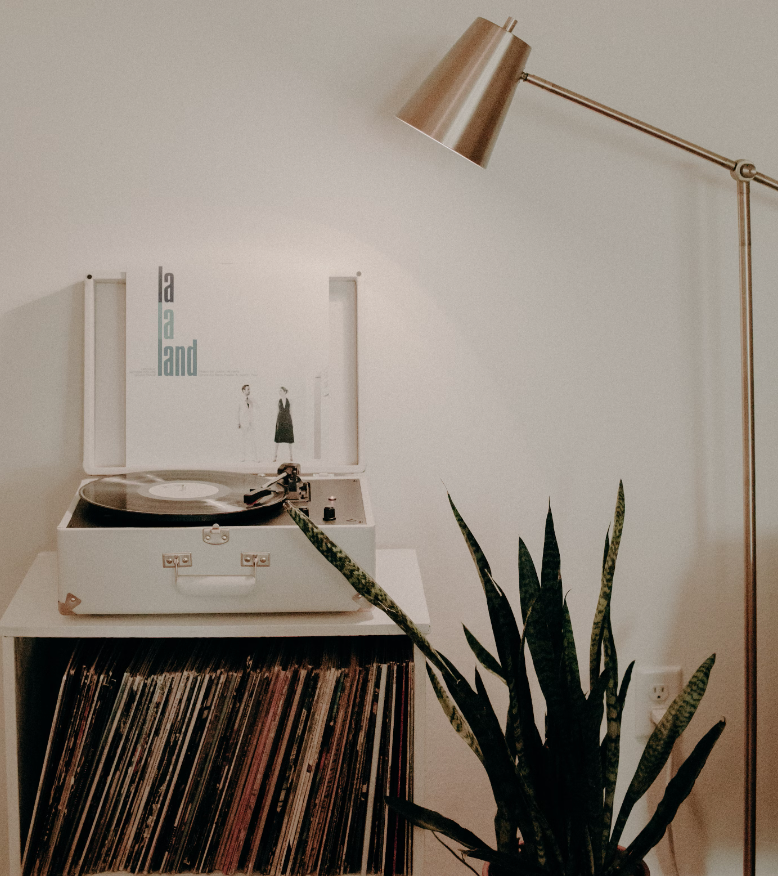When you step into a room, what's the first thing that catches your eye? More often than not, it's the colors that dominate the space. Colors have a profound impact on our emotions, moods, and even our productivity. In the world of interior design, understanding color psychology is the key to creating spaces that not only look beautiful but also feel just right. In this article, we'll delve into the fascinating world of color psychology and its significant influence on interior design.
Understanding Color Psychology
Color psychology is the study of how colors affect human behavior and emotions. Different colors evoke various emotional responses, and interior designers use this knowledge to create spaces that cater to the specific needs and preferences of their clients. Here are some of the most commonly used colors and their psychological effects:
-
Blue: Blue is often associated with calmness, tranquility, and serenity. It's an ideal choice for bedrooms and spaces where relaxation is key.
-
Red: Red is a bold and energetic color that can stimulate excitement and passion. It's often used in dining areas to boost appetite and social interaction.
-
Green: Green represents nature, growth, and balance. It's perfect for spaces where you want to create a sense of harmony and freshness.
-
Yellow: Yellow is a cheerful and sunny color that can enhance positivity and creativity. It's commonly used in kitchens and home offices.
-
Gray: Gray is a neutral color that conveys sophistication and balance. It can be used as a backdrop to make other colors pop.
-
Purple: Purple is often associated with luxury, creativity, and spirituality. It's a favorite for creating opulent and imaginative interiors.
The Influence of Color in Interior Design
-
Setting the Mood: The choice of color sets the mood for a room. Whether you want a cozy, intimate atmosphere or a vibrant, energetic space, color plays a pivotal role in achieving your desired mood.
-
Creating Visual Interest: A well-thought-out color scheme can add visual interest and depth to a room. Designers use color to draw attention to focal points and create a balanced, aesthetically pleasing environment.
-
Enhancing Comfort: The right colors can enhance the comfort and functionality of a space. For example, soothing blues and greens are often used in bedrooms to promote better sleep.
-
Boosting Productivity: In workspaces, color can have a significant impact on productivity. The right choice of colors can foster creativity and concentration.
-
Reflecting Personal Style: Colors are a way to express personal style and taste. Interior designers work closely with clients to select colors that resonate with their personality and preferences.
Harmonizing Color Schemes
One of the challenges in interior design is harmonizing color schemes. Creating a cohesive look that incorporates various colors without overwhelming a space is a skill that interior designers excel at. They consider color theory, balance, and the psychological impact of each color to strike the perfect balance.
Conclusion: Color Your World with Intention
In the world of interior design, color is not just a visual element; it's a powerful tool that can influence emotions, behavior, and the overall feel of a space. When you embark on an interior design project, consider the psychological impact of the colors you choose. Whether you seek serenity, creativity, or energy, your color choices can bring your vision to life, creating a living space that not only looks beautiful but also feels just right. Understanding color psychology is the first step to creating interiors that resonate with your emotions and needs. So, don't be afraid to color your world with intention and purpose.

